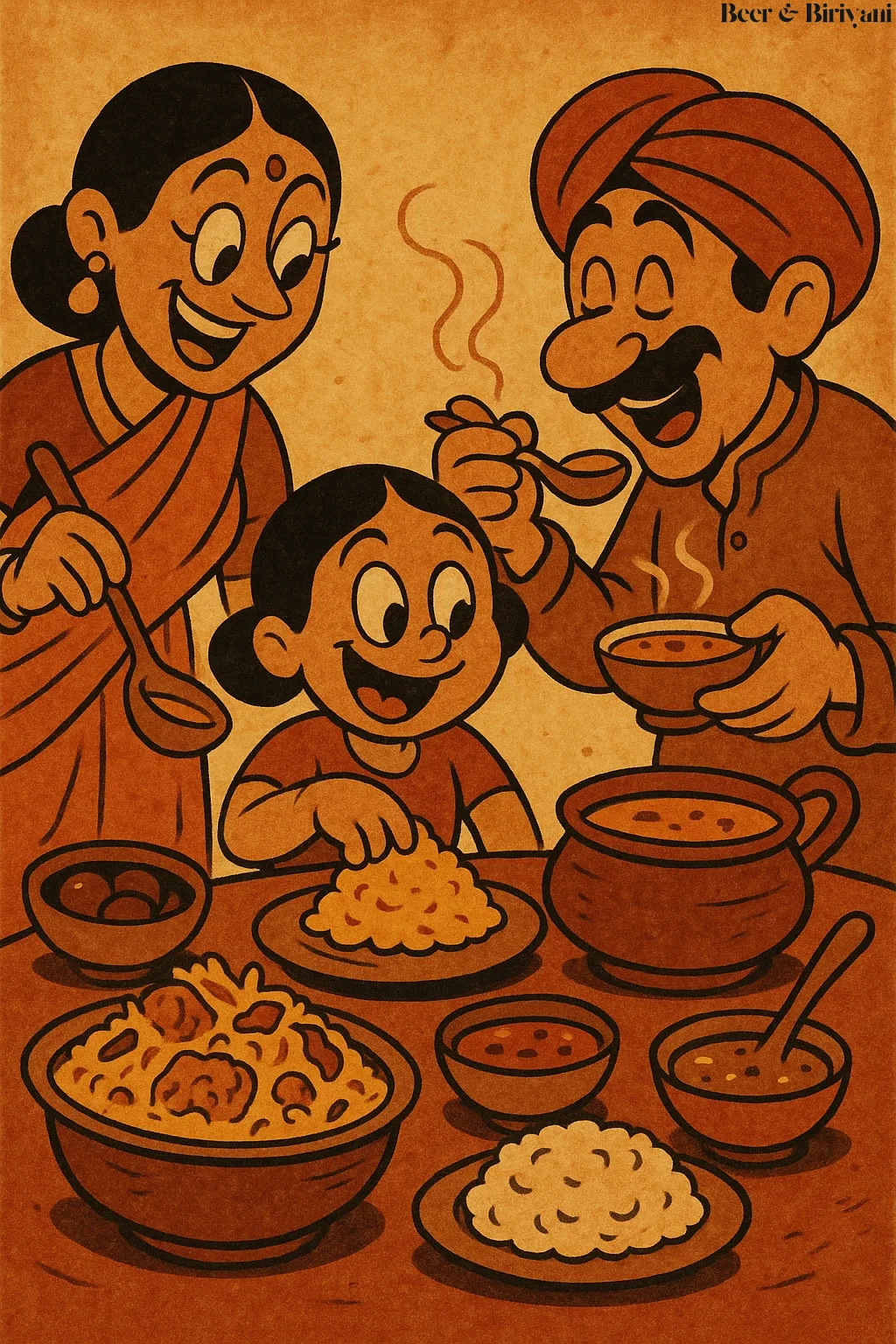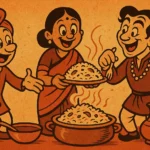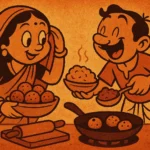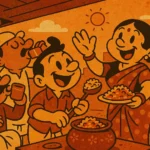If you’ve ever cooked a hearty pot of dal or a fragrant biryani, you’ve probably noticed something magical about how it tastes the next day. It’s not just your imagination—some dishes truly do taste better after a little time in the fridge. Growing up in Mumbai, Sunday dinners were often followed by Monday lunches that were just as anticipated as the first round. Those familiar dishes that had simmered for hours and settled overnight somehow managed to hit different the second time around. And here I am in Austin, Texas, trying to recreate those memories, only to discover that the old saying is true: some Indian foods are better the next day. Let me take you through a few of these dishes that get even better after a night of marination in their own flavors.
Dal: The Unsung Hero of Leftovers
Dal is the ultimate champion of next-day flavor. Whether it’s toor dal, masoor dal, or moong dal, the overnight rest allows all the spices and aromatics to meld together, deepening the flavor and making it taste far more complex than it did when it was first cooked. I’ve often found myself waiting for dal to “settle” overnight before reheating it the next day—there’s something about the thickened consistency, the way the spices fuse, and the way the dal is just so comforting. If you’ve added a touch of ghee or a handful of crispy onions to your dal, it takes on a whole new dimension once it has had time to rest.
Growing up, my mom would often say that the dal tastes better the second day, and she wasn’t wrong. On that first day, it might have been a little too runny, but the next day, it thickened up perfectly, becoming the kind of consistency that was perfect for dipping your roti or pairing with rice. It was always the same story: the flavors were richer, the spices had settled in, and the texture was just right.
Biryani: A Dish That Gains Complexity
Ah, biryani. I don’t think there’s a dish more beloved or more often claimed to be better the next day. And for good reason! The first time I encountered this phenomenon was when I made a batch of chicken biryani in my apartment in Austin. I ate it with a smile on my face, as you do with fresh biryani—tender chicken, perfectly spiced rice, and that fragrant saffron aroma. But when I had the leftovers the next day, it was like a whole new experience. The rice had absorbed more of the spices, the chicken had become even more tender, and the flavors had melded together in a way that made it just irresistible.
As with most rice-based dishes, the cooling process and overnight resting time allow the flavors to integrate. The biryani sits in the fridge, soaking in the spices and oil, allowing the marinated meat to really absorb every single drop of flavor. So, whether it’s vegetable biryani, mutton, or chicken, reheating it the next day always brings out a deeper richness, and it’s almost as if the flavors have had time to sit down and have a nice long conversation with each other.
Kadhi: The Comfort That Deepens
Kadhi is a dish that just seems to get better with age. The tangy yogurt-based curry thickens as it sits, and the spices infuse every corner of the sauce. On the first day, kadhi may be lighter, but once it sits overnight, it transforms into a luscious, more decadent version of itself. It’s no wonder that in many parts of India, kadhi is often reserved for the day after making a big batch of pakoras—leftover pakoras, dunked into leftover kadhi, form the perfect comfort food combo.
When I made kadhi in Austin for the first time, I was amazed by how much better it tasted the second day. It’s not that the kadhi was bad the first day, but the flavors weren’t as well-rounded. The next day, it was like the kadhi had settled into its full flavor potential—spicy, tangy, and wonderfully thick. Add a little more ghee, maybe some freshly made rice, and you have a bowl of warmth that seems to embrace you with each spoonful. Trust me, it’s always worth making extra kadhi just to enjoy that upgrade the next day.
Vegetable Curries: The Slow-Cooked Magic
When it comes to vegetable curries, there’s something that happens after they’ve rested overnight. Whether it’s a simple aloo gobi, a rich baingan bharta, or even the humble mixed vegetable curry, these dishes develop a flavor complexity that can only come with time. The vegetables continue to release their juices, and the spices that initially seemed subtle deepen in intensity. It’s the kind of dish where you can really appreciate the full depth of the spices, making it feel almost like it has been slow-cooked for hours.
I remember making a big pot of mixed vegetable curry with potatoes, carrots, and peas and thinking it was fine on the first day. But the next day? Oh, the magic. The curry thickened up, the vegetables softened, and the spices found their perfect balance. Every bite felt like a warm hug—comforting, hearty, and satisfying. So, the next time you find yourself making vegetable curry, don’t hesitate to let it sit overnight. Trust me, it’ll be even better when you heat it up.
Why Reheating Works So Well
The science behind why some Indian foods taste better the next day is rooted in the way flavors develop over time. When food sits overnight, the spices continue to penetrate the ingredients, creating a more cohesive flavor profile. For dishes like dal, biryani, and kadhi, the different components (such as spices, vegetables, or meat) have the chance to meld together. Reheating these dishes helps to re-release those flavors, which is why they often taste richer, more balanced, and more complex the second time around.
On top of that, many Indian dishes contain oils and ghee that help seal in the flavors. As they rest, these fats allow the spices to infuse deeply into the ingredients, making each bite more flavorful. When reheated, the oils redistribute, bringing back that mouthwatering richness and aroma. The result is a comforting, satisfying dish that tastes just like home—no matter how far you are from your kitchen.
Conclusion: A Celebration of Leftovers
In a world where fresh is often considered best, there’s something special about recognizing the value of leftovers. Indian cuisine is full of dishes that benefit from a little time—dal, biryani, kadhi, vegetable curries, and more. These dishes have a depth that comes with rest and repetition, making them perfect for meals that transcend just being “leftovers.” They’re a celebration of flavor, tradition, and the joy of eating something that’s better than the first time around.
So, the next time you cook up a big pot of dal or a rich, fragrant biryani, don’t be afraid to save some for the next day. Trust me, it’s not only worth it—it’s a whole new experience. And when you finally sit down to reheat that leftover dish, remember: sometimes, the best things in life take time to get even better.
Born in Mumbai, now stir-frying feelings in Texas. Writes about food, memory, and the messy magic in between — mostly to stay hungry, sometimes just to stay sane.












